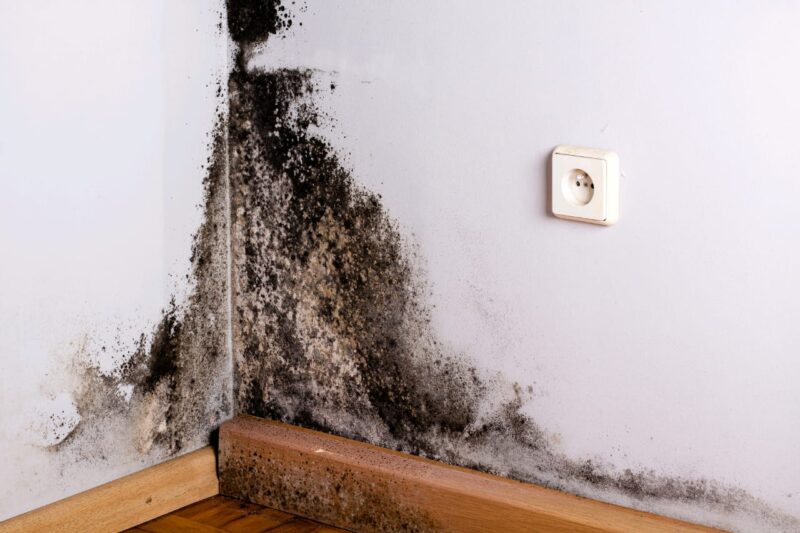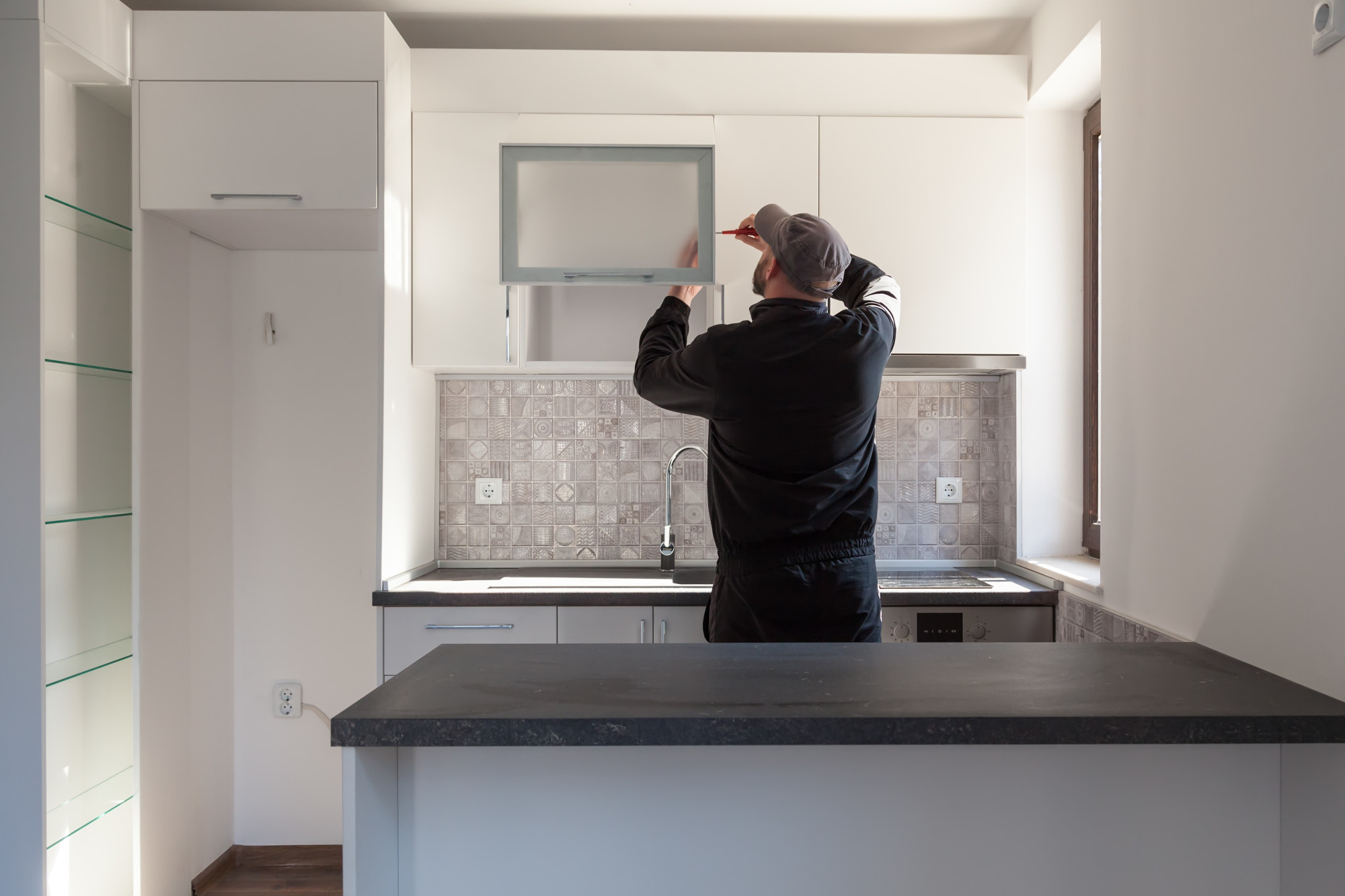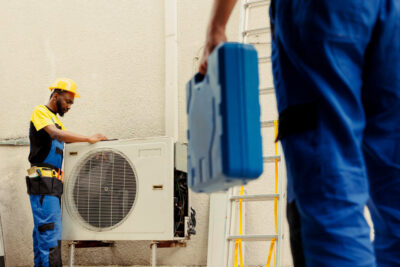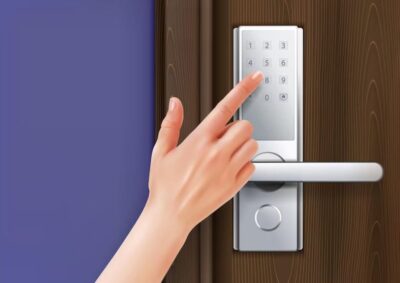What you don’t know can hurt you. This saying will never be more accurate than when it comes to the dangers of mold in your home. The truth is that most people don’t realize how common mold spores are in our daily lives.
Mold can develop in even the cleanest of households due to leaky pipes, damaged roofs, or even vents that are uncleaned in ages.
Since you can’t always see or smell mold, it’s critical to understand how to test for mold in your home to catch the problem early.
Read on to learn the top test options and how to remove potentially harmful mold.
Why Test for Mold?
Mold testing is critical for several reasons. First, mold can cause serious health problems, including respiratory issues, skin rashes, and headaches.
Secondly, mold can damage your home, causing rot and attracting pests. Finally, mold can be difficult to remove, and testing can help you identify problem areas so you can address them before they cause more damage.
Knowing what kind of mold is growing in your home is critical because it can help you determine the best way to address the problem. Some types of molds are more harmful than others, so it’s important to know what you’re dealing with in terms of the risks of mold. Testing can also help you determine the severity of the mold problem, which is critical information for deciding the best course of action.
Mold Testing Methods
Testing for mold is critical to determine the type of mold present and the extent of the infestation. You can do surface testing with a swab, which will reveal the kind of mold present. You can do air testing with a specialized machine that will test for mold spores in the air.
However, the most accurate way to test for mold is to have a sample of the affected area sent to a laboratory for analysis. You can use a mold test kit, which you can purchase at most hardware stores. These kits usually include a mold spores test strip and a mold growth indicator.
To use the mold test kit, take a sample of the area you suspect may have mold growth. Then follow the instructions to test the specimen. If the mold test kit indicates mold growth, you will need to have a professional mold removal service inspect your home and identify the source of the mold growth.
Mold Remediation
Mold Remediation can be done with different cleaners, depending on the extent of the mold growth. You can use a strong cleaner like bleach for heavier mold growth.
After cleaning up the mold, you must take steps to prevent it from returning. Here are ways to prevent mold from returning:
- Repairing leaks
- Fixing any damp spots,
- Increasing ventilation in areas where mold is likely to grow.
By taking these steps, you can remediate mold in your home and keep it from returning.
Follow This Guide on How to Test For Mold
If you think you may have mold in your home, a test for mold will confirm it. You can purchase a mold testing kit at your local hardware store or contact a mold remediation company to test for mold.
If you find mold in your home, it is critical to remove it immediately to prevent it from spreading. Do you need help cleaning up the aftermath of a mold infestation?
Set a consultation with our specialists. We’d be glad to help you get everything back to normal!









